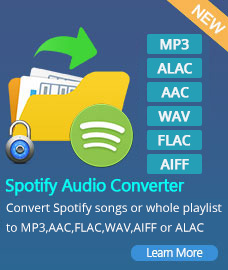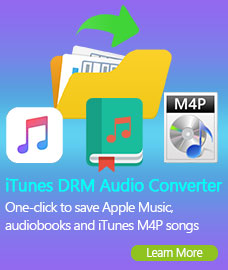Home > Glossary
Multimedia Glossary
- DVD, DVD5, DVD9, DVD-R, DVD+R, DVD-RW, etc.
- 3GP, ASF, AVI, MPEG, MOV, RM, WMV, DivX, XviD etc.
- AAC, M4A, M4P, OGG, MP3, ID3 Tag, WMA, WAV, etc.
- NTSC, PAL, ASX, Region, Codec, Streaming
3GP/3GPP
The mpeg4 based video format used in mobile terminals, like cell phones. Related software: DVD to 3GP Converter, 3GP Video Converter.
ASF
Stands for Advanced Streaming Format. stores audio and video information, and it is specially designed to run on networks like the Internet. ASF is a highly flexible and compressed format that contains streaming audio, video, slide shows, and synchronized events. When you use ASF files, content is delivered to you as a continuous flow of data. When an AVI file is compressed and converted to an ASF file, the file begins playing after only a few seconds.
MPEG
An ISO/ITU standard for compressing video offering lossy compression technique (some data of the original image is lost during the compression).
QuickTime
QuickTime is a file format for storing and playing back movies with sound. Though developed and supported primarily by Apple Computer, this flexible format isn't limited to Macintosh operating systems. it's also commonly used in Windows systems, and other types of computing platforms. In Windows, QuickTime files usually appear with the ".MOV" filename extension.
MOV
MOV is a file extension used by the QuickTime-wrapped files.
QuickTime Content (.mov, .qt), developed by Apple Computer, is a file format for storing and playing back movies with sound. This flexible format isn't limited to Macintosh operating systems. It's also commonly used in Windows systems, and other types of computing platforms.
RM
RM stands for Real Media.
Real Media is one of the most popular formats for streaming content on the Internet, RealMedia includes the RealAudio codec for sound clips and RealVideo codec for movies. RealAudio and RealVideo files are often given the common RealMedia ".RM" file extension. RealMedia files are often heavily compressed so they can stream over dial-up Internet connections.
WMV
WMV stands for Windows Media Video.
WMV, developed by Microsoft, is a generic name of Microsoft's video encoding solutions and doesn't necessarily define the technology what it uses. In WMV7, Microsoft has used its own flavour of MPEG4 video encoding technology. You can use a .wmv file either to download and play files or to stream content.
Windows Media Video is used for both streaming and downloading content via the Internet. Microsoft's Windows Media Player, an application bundled with Windows XP operating systems, lets you playback and manage a range of audio and video file types, including, of course, WMA and WMV.
RMVB
RMVB stands for Real Media Variable Bitrate.
RMVB is commonly used to contain Real Video 9 and RA (Real Audio).
DivX
It is video encoding technology, released by company called DivXNetworks. The DivX codec is based on the MPEG-4 compression standard. This codec is so advanced that it can reduce an MPEG-2 video (the same format used for DVD or Pay-Per-View) to ten percent of its original size.
XviD
XviD is an ISO MPEG4 compliant video codec. It's not a product but an open source project which is developed and maintained by people around the world. XviD, like many other MPEG4 formats, can be played with certain MPEG4 compatible, stand-alone DVD/DivX/XviD players.
Hot Products
PC & Mac Freeware





